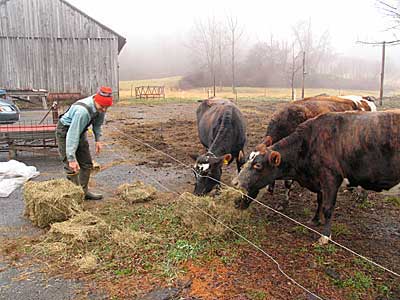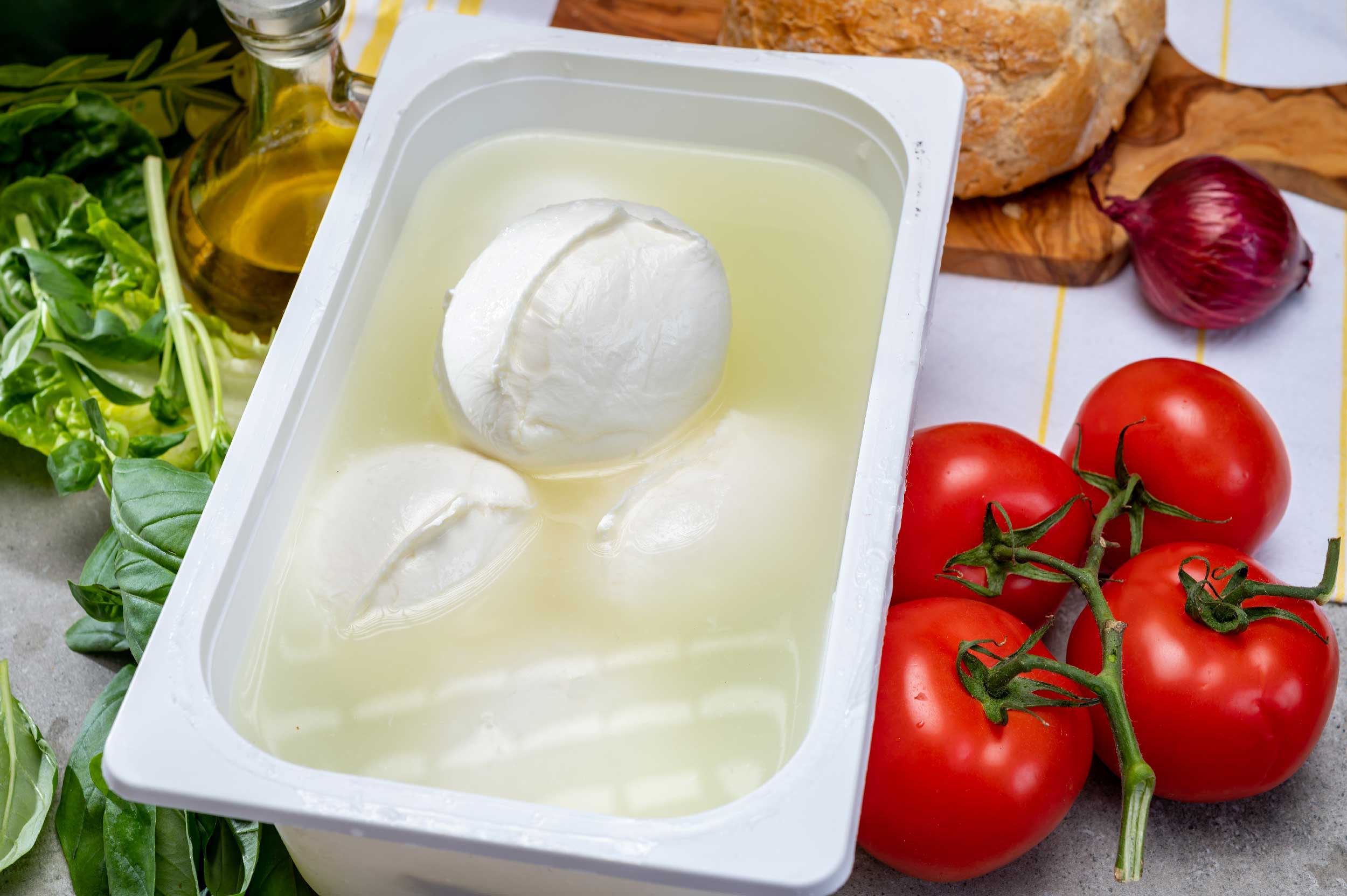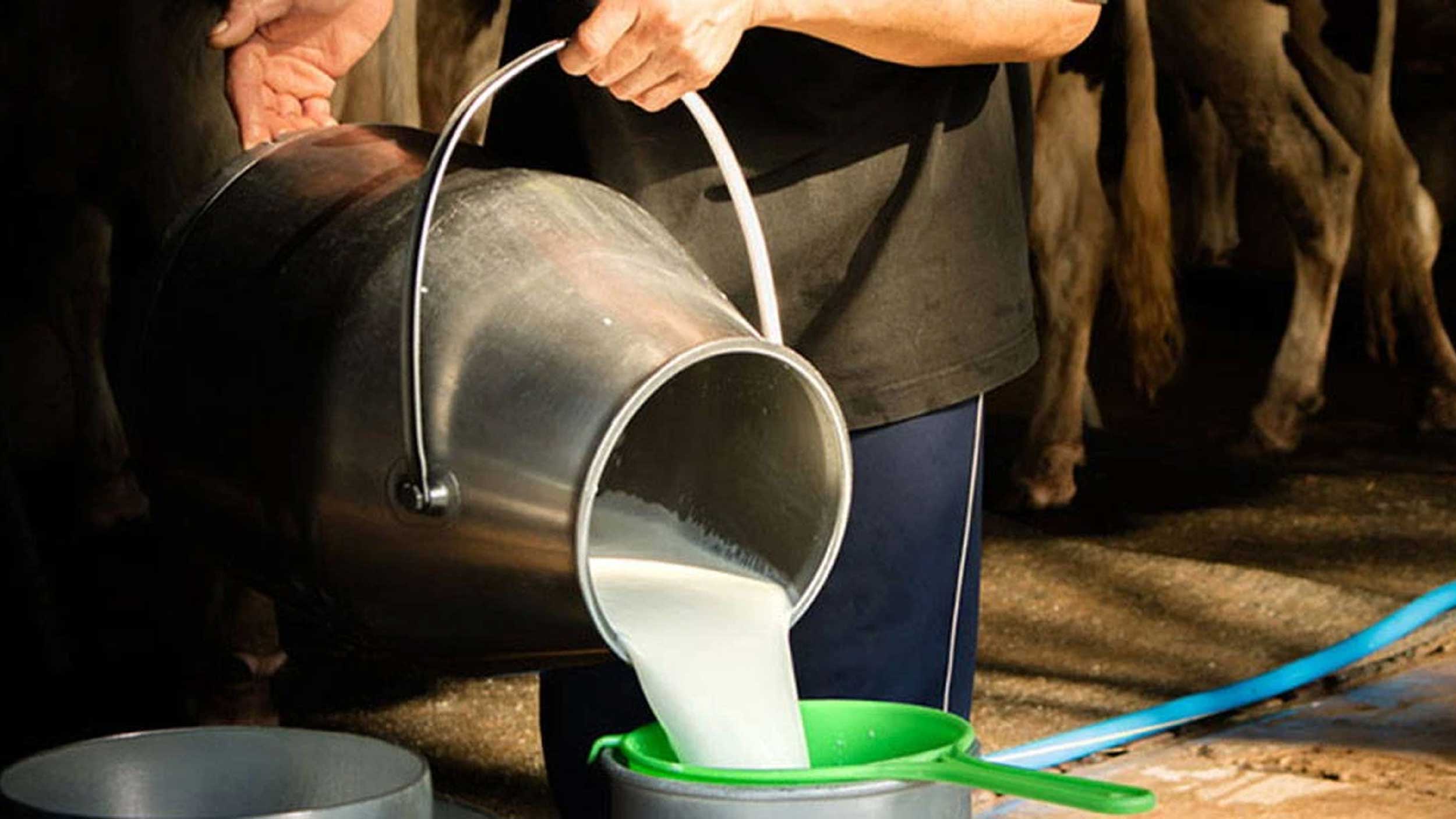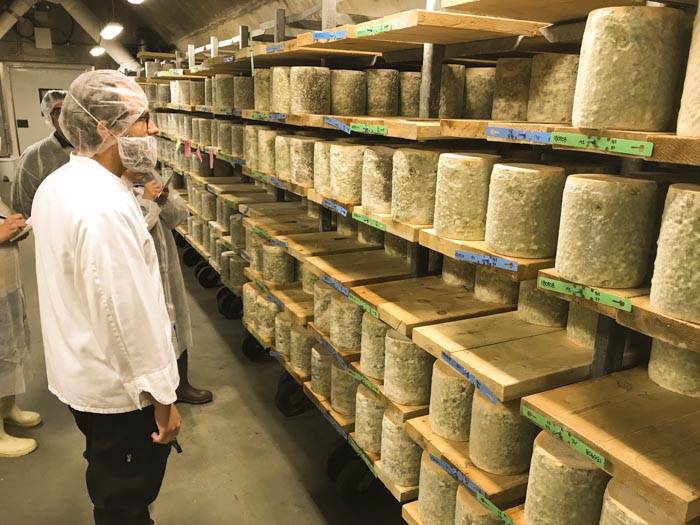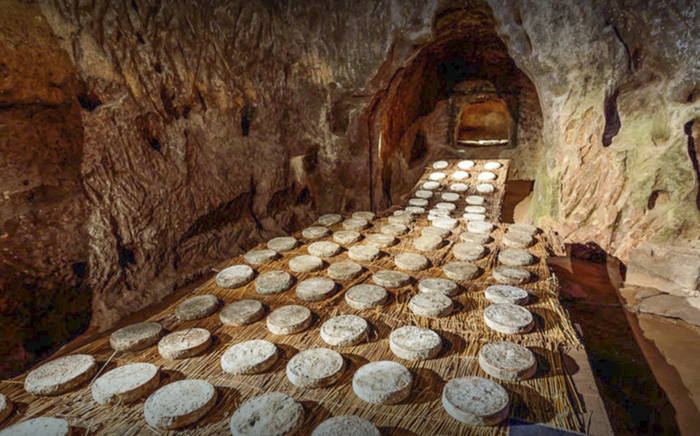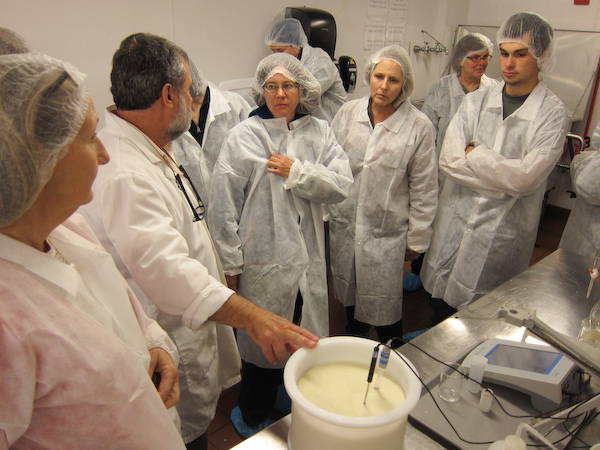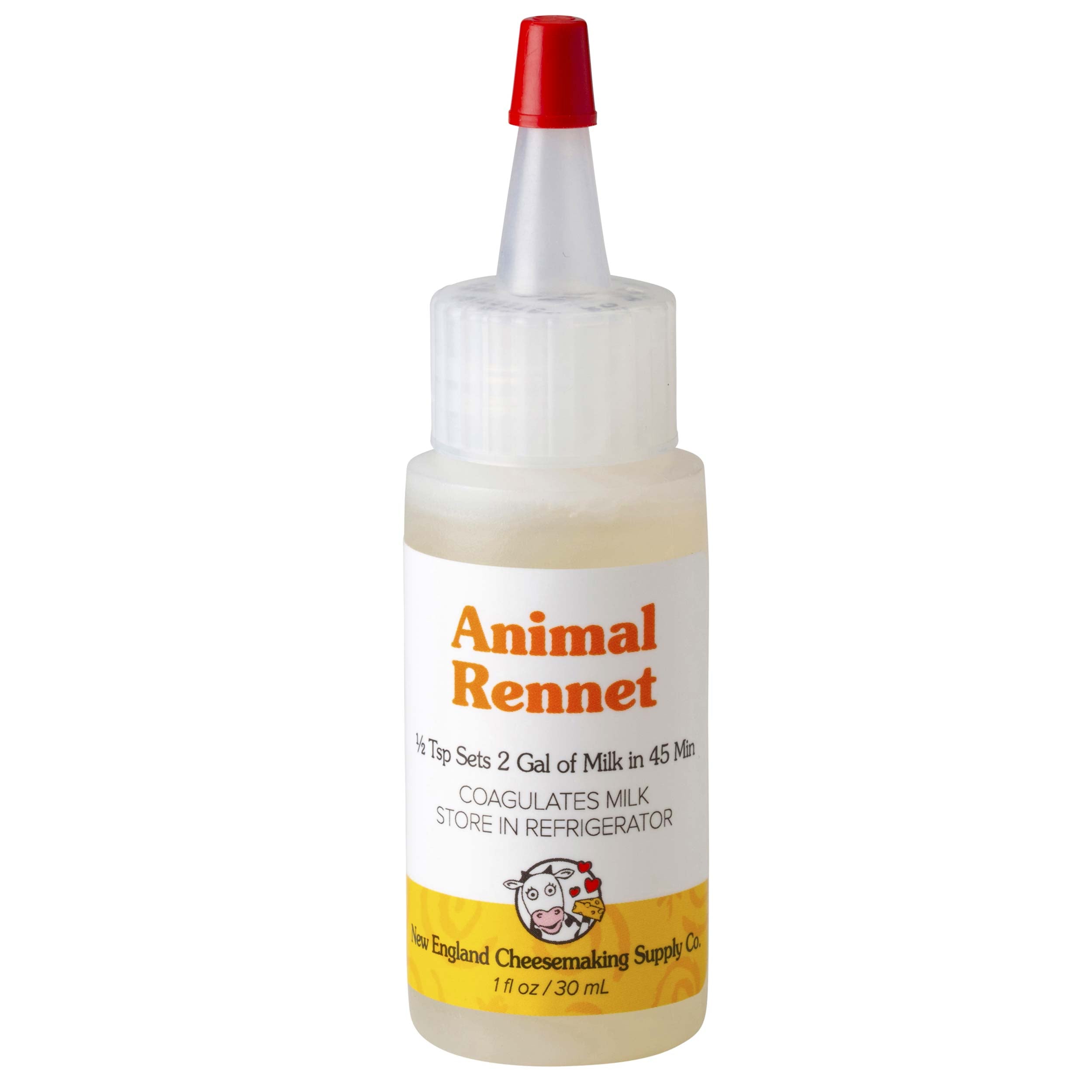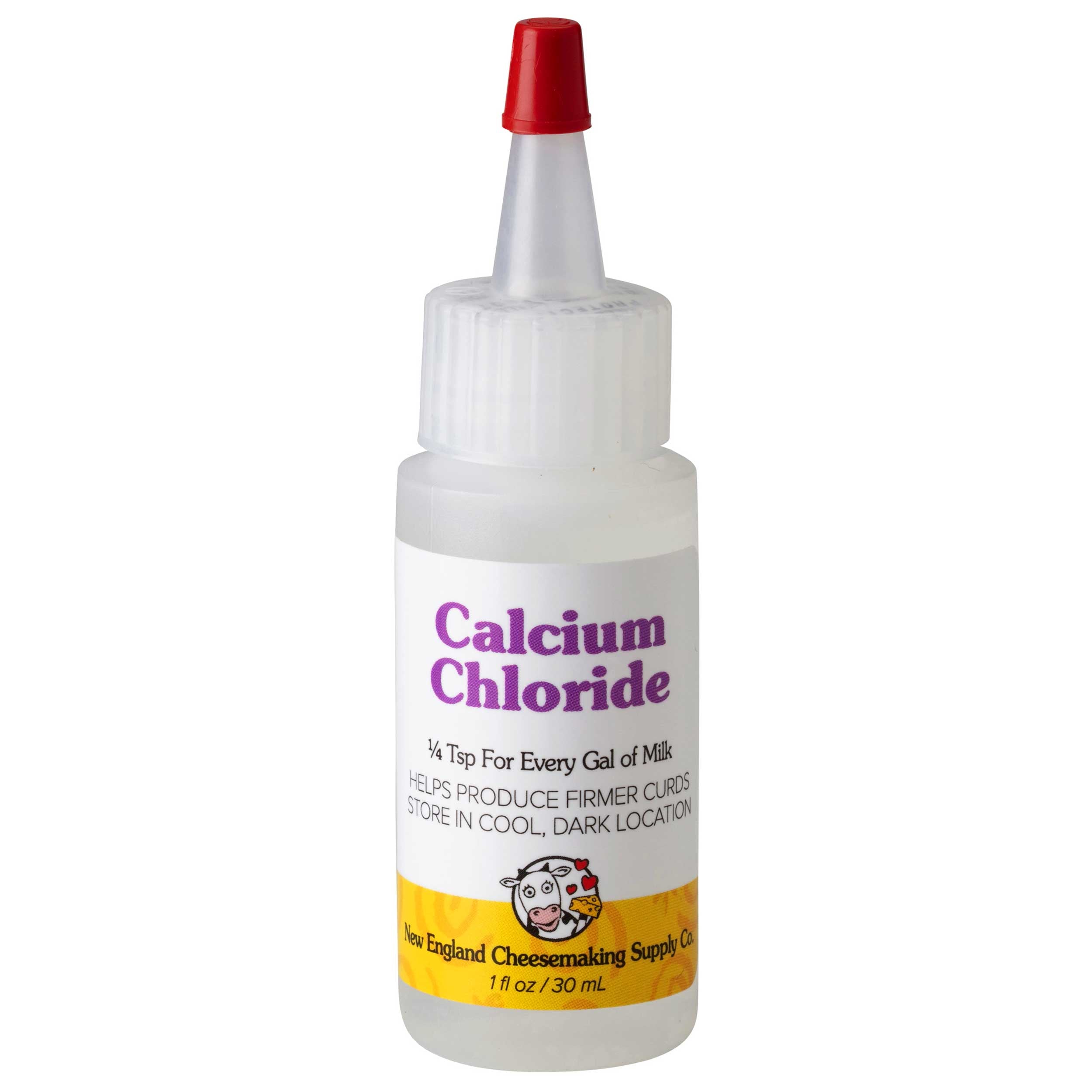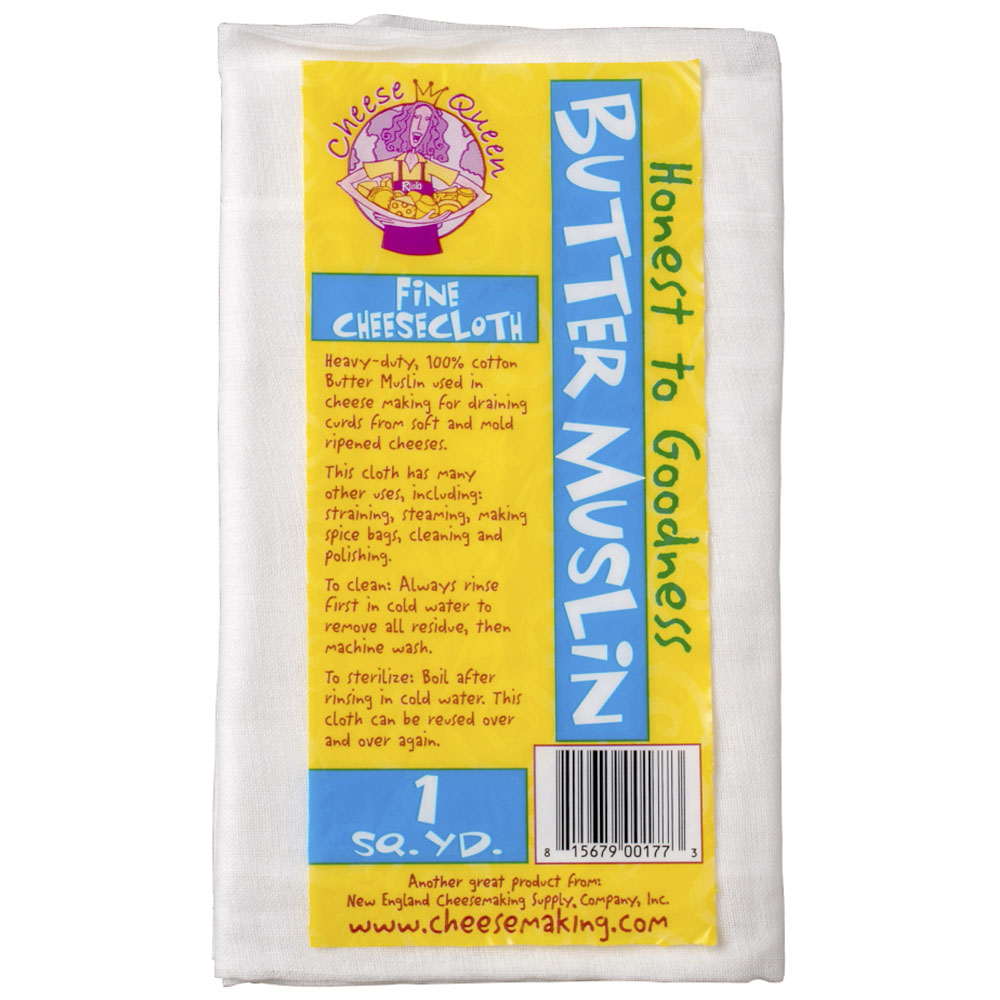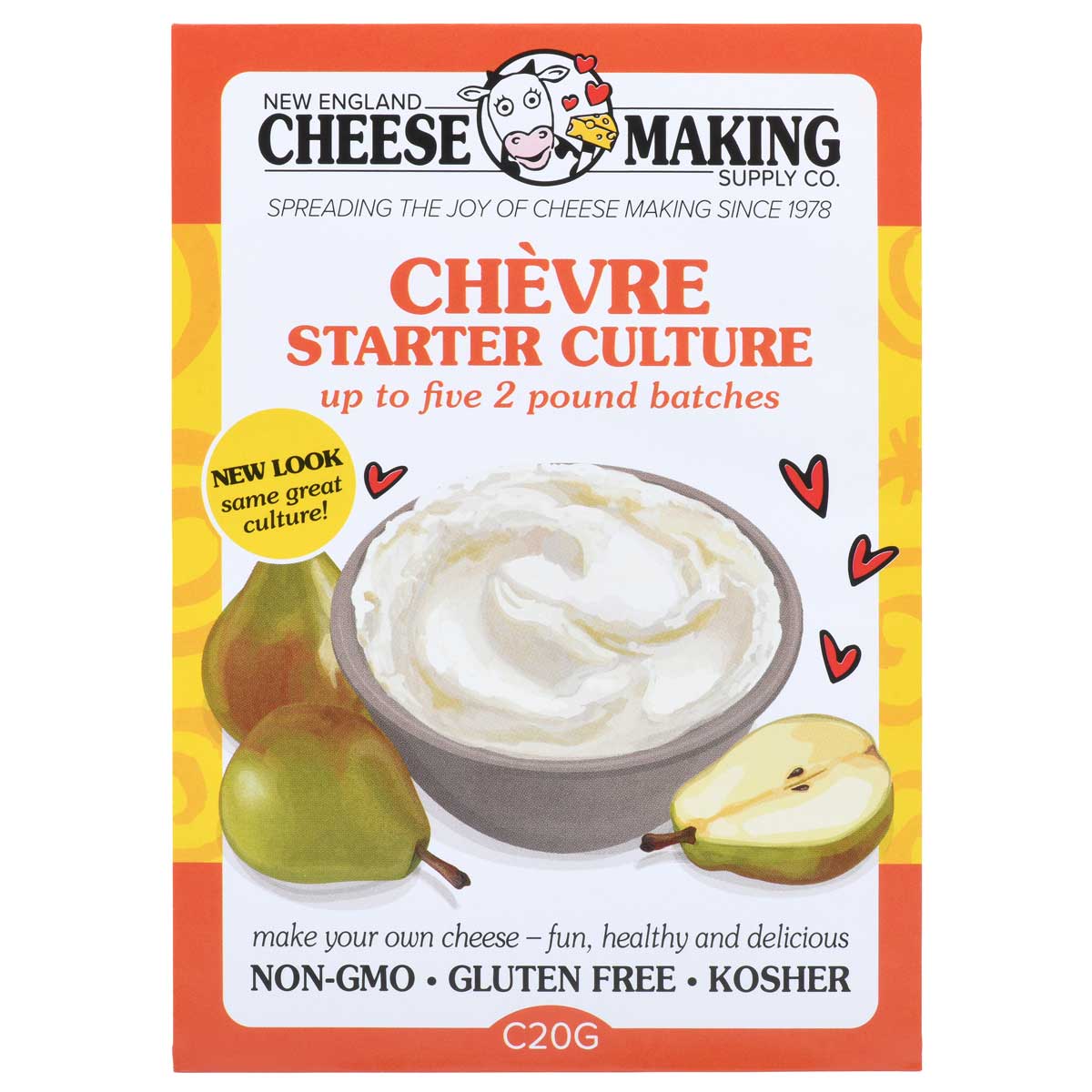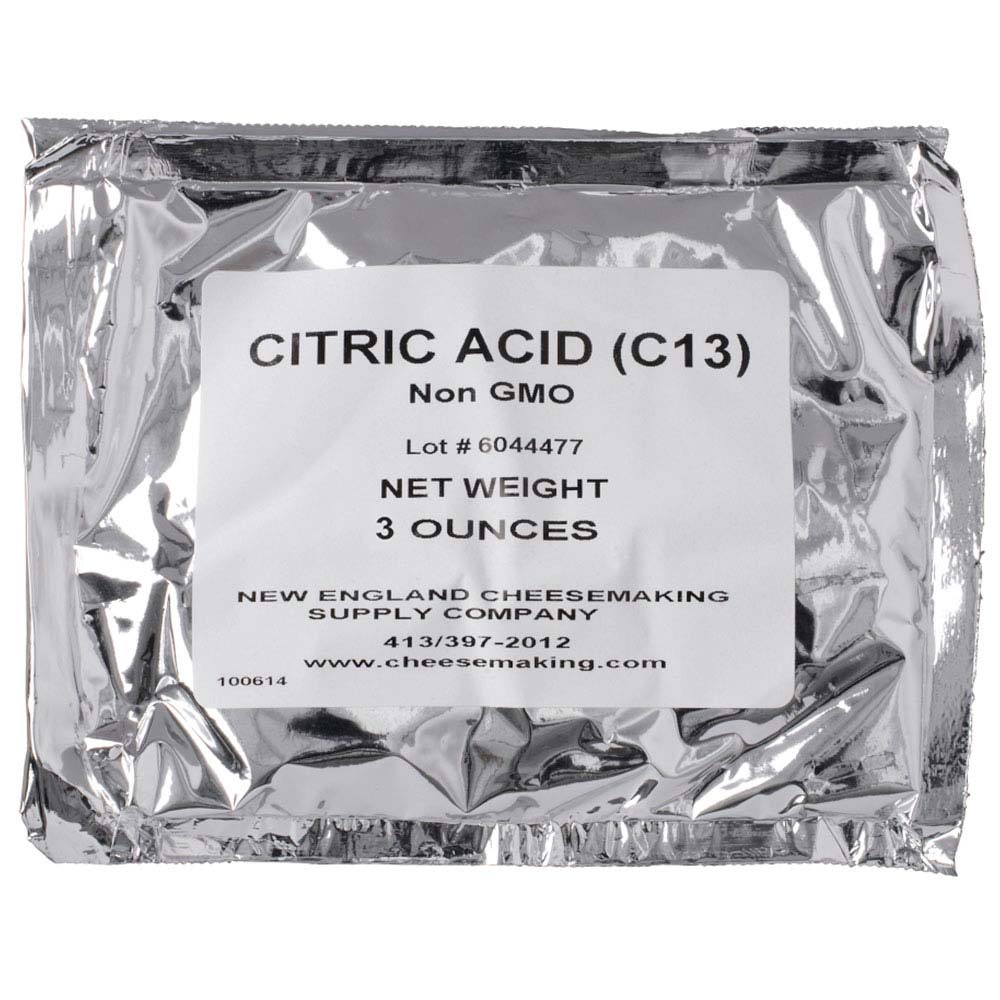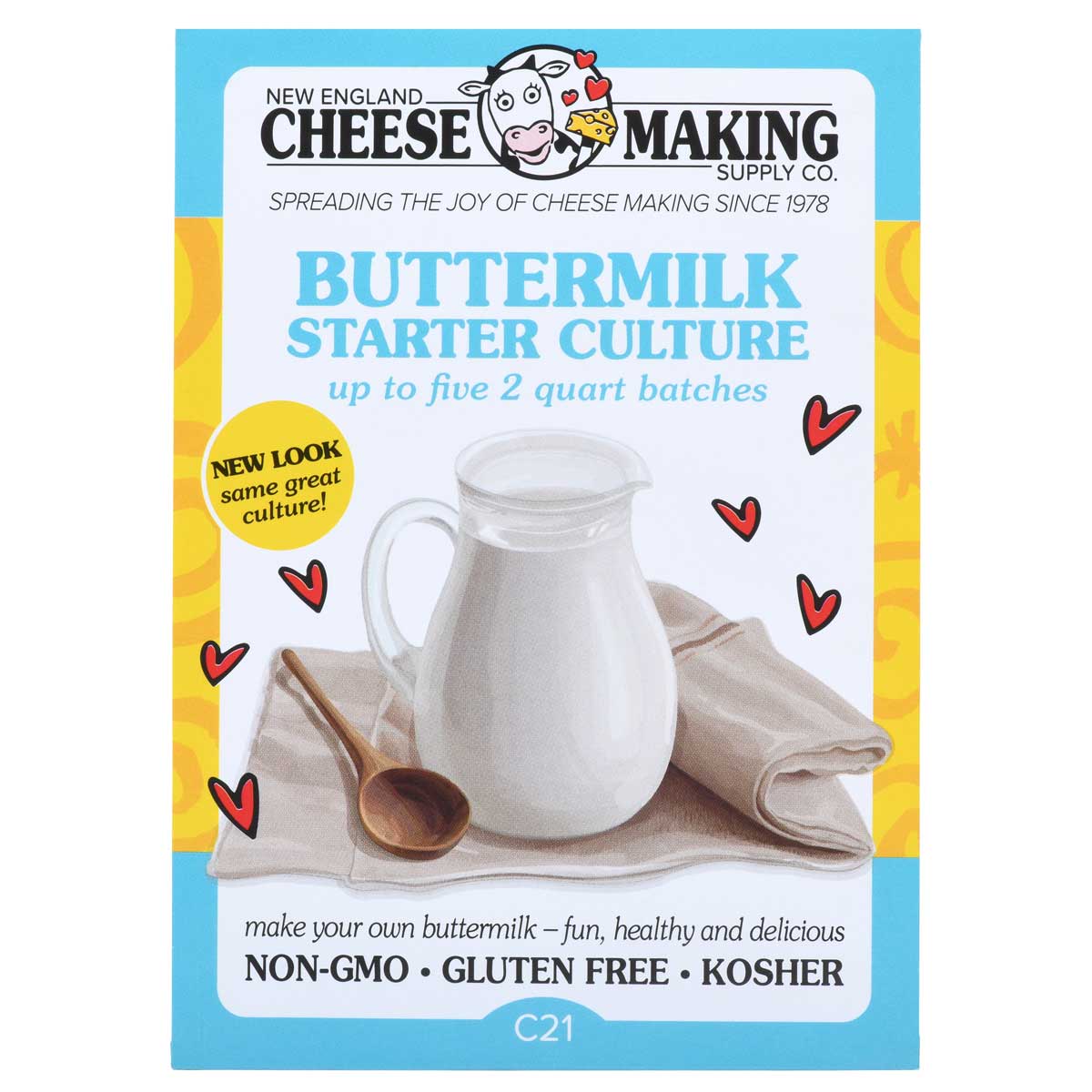Home Cheese Making in Christchurch New Zealand
Greetings from New Zealand. I was born in Cape Town, South Africa in July 1951, so that makes me an 'old bugger.’ I am trained as a toolmaker and worked for many years in the Aerospace, Research & Development and Fine Mechanics arena while still in SA. We emigrated as a family to Christchurch New Zealand in January 1996. I have worked most of my time in NZ as a Toolmaker and tool designer/maker etc. So as you can see from my background there is no chance that I would have anything made 'outside' when I could do most of it myself.
My wife has always said that I am a 'Latent Hippy', suppose she has had enough reason to say so doing the beekeeping, pottery, vegetable growing/preserving, beer making, clock making, furniture making etc. Not surprisingly cheese making was not too 'out there', having always said that I wanted to try to make cheese. Having the desire is one thing, finding books was not that difficult, but finding anyone to ask questions of was just another story altogether.
I have been making cheese for about 3 years now, last nights cheese was number 90, and make mostly the 'Continental' styles, Gouda, Swiss, etc. It is quite a lot of cheese when one considers that it is ninety cheeses @ +- 6.5 Kg, close to 1/2 a ton of cheese. My 'make' is only 55 to 60 liter, +- 13 gallons, doing the Gouda' styles and only one cheese at a time, I have managed to devise a method of 'direct salting', but still pressing under whey. This method works quite well and I have not had a single 'flop' as yet, just good luck and hygiene.
Unfortunately I am not registered to sell my cheese in NZ, so it is mostly for my own consumption. I am not supposed to give any away, let alone sell any. The compliance cost to get registered is totally extreme and would kill the whole idea. I am not even going to get into the debate about pasteurized milk cheese etc.
I just had to compliment New England Cheesemaking Supply on some very professional looking cheeses, especially the one with the 'ripened rinds'. All other attempts that I have seen look like 'home jobs'. I am just a little afraid of doing the ripened varieties seeing that I only have one 'communal' storage area. I get away with the 'blues' by putting it into a large airtight bag within the same area. I used the book Home Cheese Making (a rather old copy from 1996) as the basis for all my cheeses.
My favorite, is one that I call "Blue Decadence" well that is what it is, a 'homemade' recipe that is based loosely on a 'Double Gloucester, but with the extra cream that I take off from the previous days 'Swiss Style'. Adding Annatto adds to the impact of the colors. To help with the 'breakdown of some of the cream, I also add some ‘Lipase'. After at least 6 months the cheese is 'needled' and left to blue for 2 to 3 months. The taste is spectacular, but not as great for the waist-line.
Extreme Home Cheese Making
The Equipment
Now down to some details. My 'cheesevat' holds 55 liters of milk. Heating is done by direct heat, not recommended at all, so I modified the system. I have two standard 'oven grill elements' in series, then these pairs in parallel. The net result is that the 'Watt Density' is reduced by 50% while still having a good energy input and with good stirring the milk is not 'scalded'. Cooling is done by the submerged stainless steel coil that I connect to the cold water supply. Our ground water is around 10'C (50F) all year round.
The vat is made form a large commercial stainless steel wash basin, the outer jacket I made my self, so too the stirrer, cheese-press etc. The vat is also 'jacketed and has an element and submerged pump in the water jacket too.
I control the pressure during pressing by the use of air pressure, controlled by a pressure regulator. I know that this all sounds very complicated but this is just how I have managed to cut the 'make time' down to 4 to 5 hrs, depending on the type being mad.
If you are not lost during my explanation, you will see that I have managed to 'trim' off as much time as I dare in the early stages. So as you can see, I have actually managed to build a small-scale factory process at home, just making one cheese of around 6+ kg. every Friday night.
The Process
- Before I go to fetch my milk, 1 hr before I am due to arrive back, the jacket element is turned on and set to 60'C (140F), It is normally at 60'C by the time I arrive back.
- The raw milk, normally below 10'C (50F), is then decanted into the vat and the elements in the vat are also turned on after the full 55 liter is in the vat. The reason for preheating the 'jacket water' is to have the energy available to heat the volume of milk quickly.
- As the heat in the jacket transfers into the milk, heat is lost by the water and gained by the milk, then at about 40'C (104F) both water and milk have equalized, the 'jacket water' is tapped out, this water is saved for cleaning etc.( Naturally the jacket element has been turned off ) At this point only the 'vat elements' are inputting heat into the milk.
- The thermometer on the pH meter is used to 'watch' the temp. on the way up to 64'C (147F). I do not pasteurize my milk, only "THERMIZE", 64'C (147F) is then held for 10' sec, elements off, after the 10 seconds, the cooling coil is turned on. When the milk reaches about 47'C (116F), experience has 'told' me. The vat jacket is filled with cold water and heat then flows from the milk into the jacket water too and the temp continues down to 38'C (100F) The whole cycle up to 64'C (147F) and down to 38'C (100F) takes about just under 2 hours.
- At 38'C (100F) the 'jacket element' is turned on and controlled by a thermostat. The stirrer has been 'doing its thing' all the time from the point that the heating has started. With both the milk and water temps stabilized at 38'C (100F) the culture is added and both the 'vat elements' and 'cooling coil' are removed and washed while the milk ripens. Time depending on the type of cheese.
- The rennet is added as per the recipe and after a 5 minute stir, the stirrer is also removed from the vat.
- Now the procedure is as per any normal cheesemaking practice, the stirrer replaced into the vat to stir curd etc. hand stirring is also 'enjoyed' so as not to let the curd knit in the corners.
- The curd is still cut 'by hand', although I have thought of making 'curd-cutter' to fit to the stirrer when/IF I go for a larger vat set-up 250 liter.
































